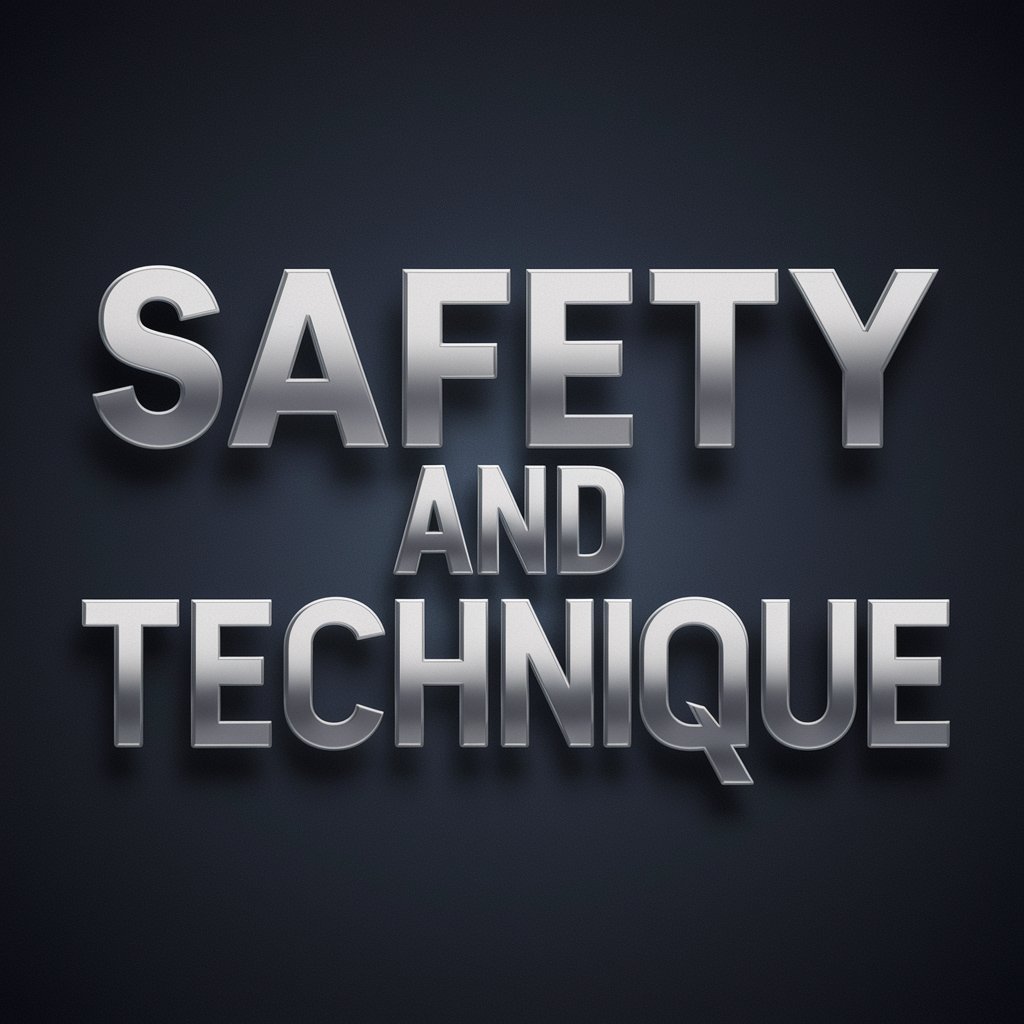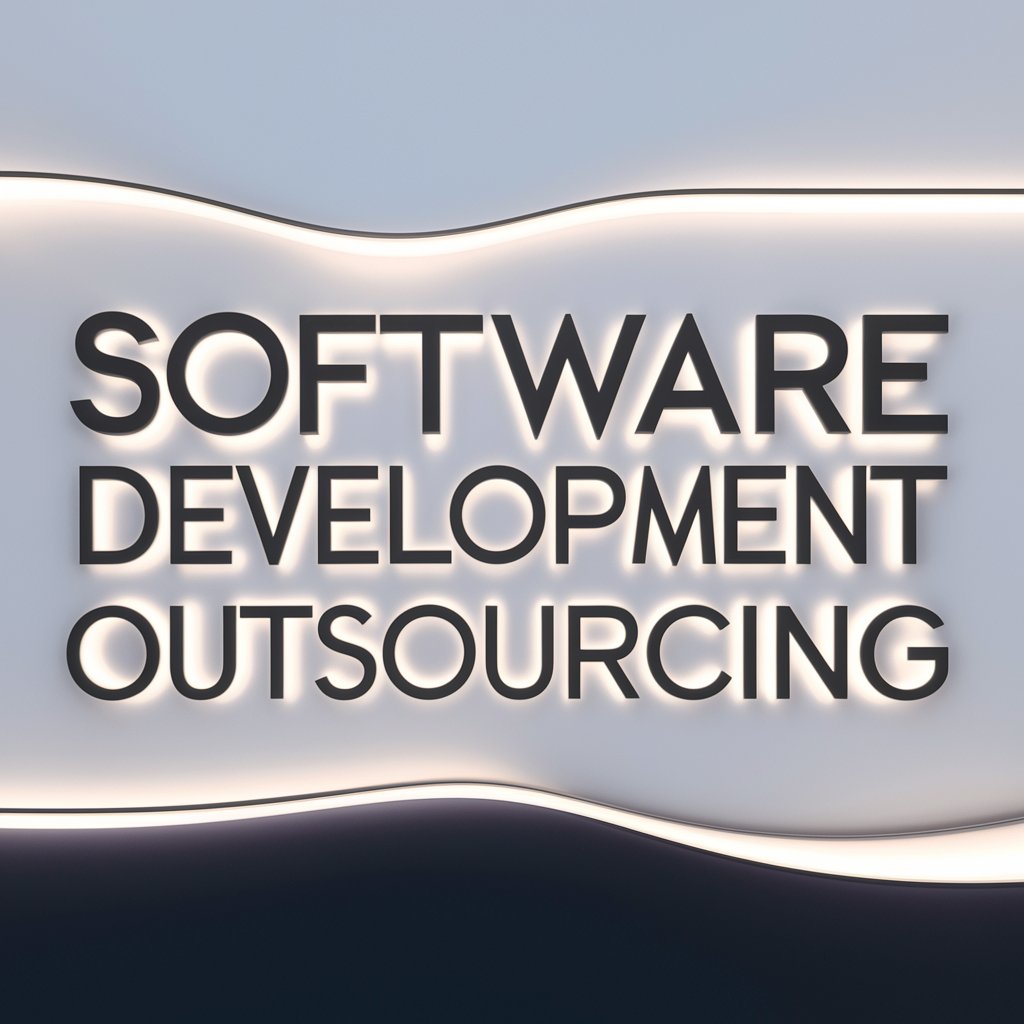The Future of Compliance: From Reactive to Preventative
Regulatory fines are no longer a minor business inconvenience—they are reputation-shaking events that can result in extreme financial damage and public mistrust. With evolving global standards across data privacy, finance, healthcare, cybersecurity, and environmental sustainability, companies are recognizing one harsh reality: staying compliant isn’t about responding faster—it’s about anticipating risk sooner.
This shift has given rise to a new frontier in corporate governance: predictive compliance. Instead of waiting for audits or crises, businesses are now asking, Can we detect and correct compliance failures before they even happen?
What Is Predictive Compliance?
Predictive compliance refers to the integration of analytics, machine learning, and real-time monitoring to identify potential regulatory risks in advance. Rather than scanning past actions, these systems examine current operations and detect patterns or behaviors that could lead to violations if left unchecked.
Instead of “Did we break a rule?” the question becomes, “Are we at risk of breaking a rule soon?”
This anticipatory approach leverages elements of regulatory compliance technology, including:
✅ AI-powered rule mapping
✅ Real-time workflow monitoring
✅ Behavioral risk profiling
✅ Historical data trend analysis
✅ Cross-jurisdiction regulatory scanning
Why Traditional Compliance Models Aren’t Enough Anymore
Historically, compliance efforts operated under three primary modes:
- Documentation-Based Compliance (checklist approach)
- Periodic Audits & Reviews (scheduled evaluations)
- Incident Response (corrective measures after a breach or violation)
But in a regulatory environment that updates frequently and varies drastically by region, these methods fall short in several ways:
❌ Violations are often caught too late
❌ Non-compliance may go unnoticed for months
❌ Audits focus on past performance, not emerging risks
❌ Manual monitoring is slow and inconsistent
❌ Fines are issued even if violations were unintentional
Predictive compliance aims to close this timing gap by transforming compliance from a backward-looking obligation into a forward-focused strategy.
How Predictive Compliance Works in Practice
Let’s break it down with real-world scenarios across industries:
📍 Finance
A financial institution detects abnormal trading behavior that resembles historical cases linked to insider trading. The system flags it early, prompting internal investigation before regulatory agencies intervene.
📍 Healthcare
Patient data access logs reveal unusual access patterns that suggest a potential HIPAA breach. Instead of waiting for an incident, the system recommends immediate review and corrective measures.
📍 E-commerce
A spike in international transactions triggers a warning that VAT compliance may be at risk in new jurisdictions, prompting proactive alignment with local regulations.
📍 Environmental Compliance
IoT sensors detect rising emissions near regulated thresholds, enabling companies to adjust production levels before environmental penalties are imposed.
Emerging Tools Powering Predictive Compliance
Several technologies are driving this shift, including:
| Technology | Role in Predictive Compliance |
| Machine Learning Models | Predict future risks based on historical data |
| Natural Language Processing (NLP) | Interprets regulatory changes and cross-references internal policies |
| Behavioral Analytics | Detects deviations from compliance-friendly behavior |
| Blockchain Audits | Provides transparent, tamper-proof logs |
| Automated Reporting Tools | Generate early alerts tied to compliance KPIs |
| IoT Sensors | Monitor live operational metrics against regulation thresholds |
The Benefits: Why Businesses Are Investing in Predictive Compliance
✅ Prevents violations before they escalate
✅ Minimizes financial penalties and legal exposure
✅ Enhances trust among regulators and stakeholders
✅ Improves operational decision-making in real time
✅ Streamlines internal investigations and accountability
✅ Positions compliance as a value generator, not a cost center
Executives who previously viewed compliance as a defensive function are beginning to recognize it as a strategic advantage—especially when early risk detection improves market confidence.
Challenges: Can Businesses Actually Trust Predictive Systems?
Despite its promise, predictive compliance raises several valid concerns:
⚠️ False positives may overwhelm compliance teams
⚠️ AI may misinterpret intent in complex cases
⚠️ Regulatory bodies may not yet recognize predictive alerts as proof of due diligence
⚠️ Smaller firms may find implementation costly
⚠️ Ethical dilemmas arise in employee monitoring
Most importantly, over-reliance on automation could weaken human oversight and ethical resistance—especially if AI suggests rule-bending “opportunities” rather than enforcing clear compliance standards.
The Human Factor: Insight Still Matters
Even with machine-driven predictive systems, human insight remains essential. Technology can detect patterns, but only human judgment can determine if action is legally and ethically sound.
Effective predictive compliance requires:
✅ Collaboration between legal, risk, IT, and business units
✅ Clearly defined escalation protocols
✅ Continuous training for employees interpreting system alerts
✅ Strong ethical governance frameworks
The Future: A New Compliance Mindset
Predictive compliance is more than a set of tools—it represents a profound mindset shift from “avoid punishment” to “design for responsibility and foresight.” Companies that embrace this philosophy won’t just stay compliant—they’ll operate with greater agility, credibility, and resilience in an uncertain world.
In an era where regulations can change faster than annual planning cycles, preparedness is no longer optional—it’s a core business strategy.
Final Thought
Can predictive compliance prevent regulatory fines entirely? Maybe not yet. But can it significantly reduce risk exposure, enhance corporate responsibility, and shape a more proactive future of governance? Absolutely.
Because in today’s business environment, waiting to react is already too late.






